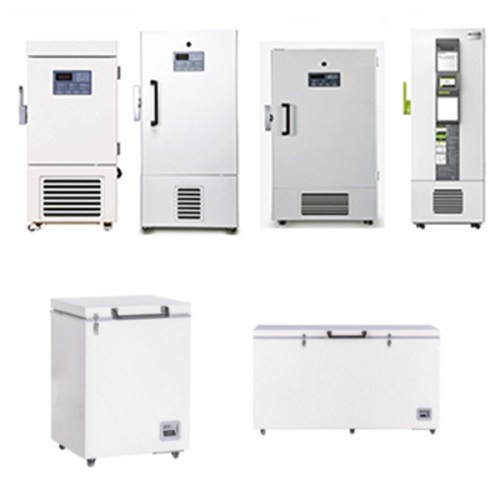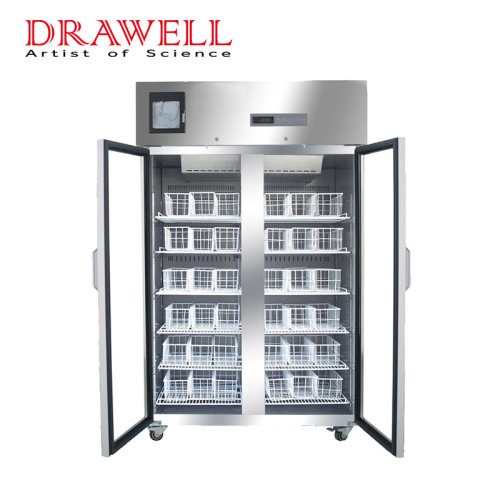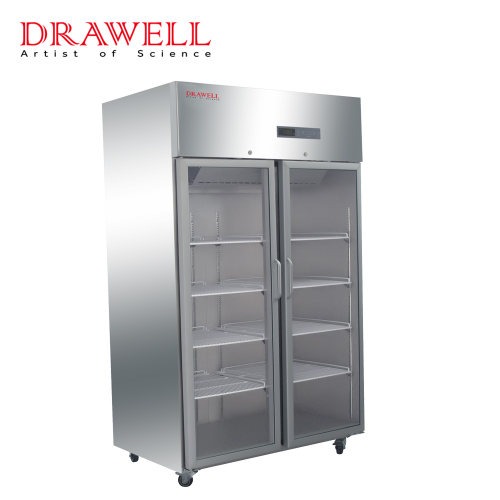Within the frigid embrace of scientific inquiry, temperature control reigns supreme. From the delicate dance of enzyme kinetics to the meticulous preservation of precious biological samples, the humble refrigerator transcends mere food storage, transforming into a cornerstone of research. This article delves into the intricate world of scientific refrigeration, dissecting the nuances of ultra-low temperature refrigerators, lab refrigerators, and their optimal “refrigerator temperature celsius” ranges for diverse applications.
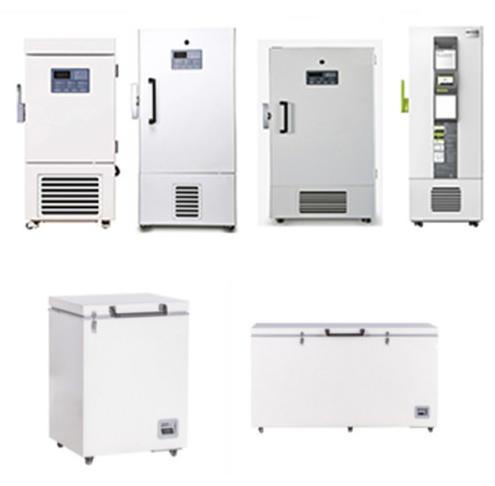
The Cryogenic Kings: Ultra-Low Temperature Refrigerators
Imagine plunging into a realm where mercury dips to a bone-chilling -86°C (-122°F). This is the domain of the ultra-low temperature refrigerator, a technological marvel safeguarding the very essence of life itself. Within its frosty chambers, biological treasures like cell lines, tissues, and precious DNA slumber in suspended animation, their molecular machinery frozen in time. ultra-low temperature refrigerators employ powerful compressors and specialized refrigerants like liquid nitrogen or cascade refrigeration systems to achieve these cryogenic feats.
But why subject samples to such arctic exile? The answer lies in the fundamental principles of biochemistry. Enzymatic activity, the microscopic engine driving countless cellular processes, slows dramatically with decreasing temperature. At -86°C, this metabolic slumber effectively halts, preserving the integrity of delicate biomolecules for years, even decades. This cryogenic haven becomes a sanctuary for vaccines, stem cells, and other irreplaceable research materials, ensuring their pristine state for future experimentation.
The Guardians of the Lab Bench: Lab Refrigerators
Stepping back from the cryogenic frontier, we encounter the ubiquitous lab refrigerator, the workhorse of scientific and medical environments. Operating at a more temperate -20°C to 8°C (-4°F to 46°F) range, these reliable stalwarts cater to a diverse array of needs. From safeguarding sensitive chemical reagents to storing perishable biological samples, lab refrigerators bridge the gap between ambient conditions and the ultra-frigid depths of ultra-low temperature refrigerators
Unlike their ultra-low temperature refrigerator counterparts, lab refrigerators prioritize space and accessibility. They often adopt forced-air circulation systems, ensuring uniform temperature distribution throughout their compartments. This feature becomes crucial for applications like enzyme assays, where precise temperature control across multiple samples is paramount. Additionally, internal shelving configurations and adjustable thermostats cater to the varied needs of researchers, allowing for the storage of diverse materials at their optimal “refrigerator temperature celsius” ranges.
The Importance of Choosing the Right Refrigerator Temperature Celsius
Choosing the correct “refrigerator temperature celsius” range is an art form in itself. Each application demands a specific thermal niche, and deviating from it can have dire consequences. For instance, storing enzymes meant for a 37°C reaction at 4°C might render them sluggish and ineffective, while exposing delicate bacterial cultures to the balmy confines of 8°C could trigger unwanted growth.
To navigate this thermal labyrinth, researchers rely on a deep understanding of the materials they handle. Enzyme data sheets, culture protocols, and chemical storage recommendations all provide vital clues about the ideal “refrigerator temperature celsius” range for each substance. Striking the right balance between preservation and functionality is key, to ensuring the integrity of research materials and the accuracy of experimental outcomes.
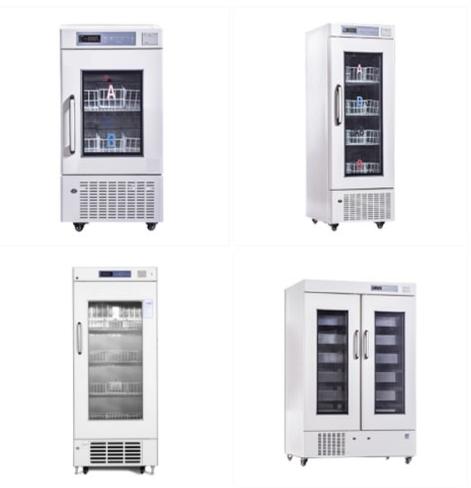
Beyond the Fridge: Emerging Frontiers in Refrigeration
The scientific quest for ever-precise temperature control marches on. Cryogenic refrigerators employing liquid helium can plunge temperatures to a staggering -269°C (-452°F), approaching absolute zero itself. This opens doors for the study of exotic quantum phenomena and the potential long-term storage of organs for transplantation. On the other end of the spectrum, microfluidic devices equipped with thermoelectric coolers enable precise temperature manipulation on a microscopic scale, revolutionizing fields like single-cell analysis.
Conclusion
From the arctic silence of ultra-low temperature refrigerators to the bustling activity around lab refrigerators, the world of scientific refrigeration hums with the quiet efficiency of countless cooling coils. These unsung heroes of research provide the thermal stability essential for unlocking the secrets of life, one precisely chilled experiment at a time. As technology evolves, the boundaries of refrigeration continue to be pushed, promising even deeper chills and ever-greater control over the delicate dance of temperature in the scientific arena.
In conclusion, mastering the art of scientific refrigeration is not merely about keeping things cold; it’s about understanding the intricate interplay between temperature and the very building blocks of life. By wielding the tools of ultra-low temperature refrigerators, lab refrigerators, and a deep understanding of “refrigerator temperature celsius” ranges, researchers can orchestrate a symphony of chill, paving the way for groundbreaking discoveries in the years to come.


